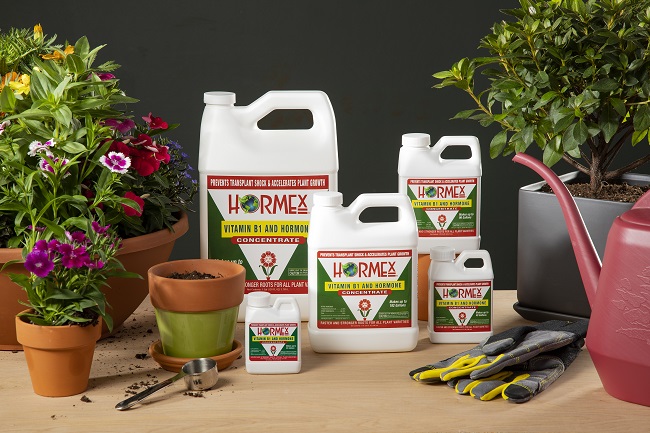
The use of rooting compounds for plant propagation can be traced back to ancient times, when people discovered that certain plants could be propagated by placing cuttings in water or soil. However, it was not until the 20th century that researchers began to investigate the science behind the use of rooting compounds.
In the 1920s, researchers discovered that the hormone auxin was responsible for promoting root growth in cuttings. They found that by applying auxin to the cut end of a stem or leaf, they could stimulate the development of roots. This discovery led to the development of synthetic auxins, such as indole-3-butyric acid (IBA) and naphthaleneacetic acid (NAA), which could be used as rooting compounds.
During the 1950s and 1960s, research on rooting compounds intensified, and many new compounds were developed. These included synthetic cytokinins, which are plant hormones that promote cell division and differentiation, and synthetic gibberellins, which promote stem elongation and cell enlargement.
Today, there are many different types of rooting compounds available on the market, including rooting powders, gels, and liquid hormone concentrates. These compounds may contain a variety of active ingredients, such as rooting hormones, natural plant extracts, and vitamins.
The use of rooting compounds has become an important tool for commercial plant propagation, as well as for home gardeners. Rooting compounds can be used to propagate a wide variety of plants, including trees, shrubs, and herbaceous perennials. They are particularly useful for plants that are difficult to root, or for plants that do not root easily from cuttings.
How Rooting Compound Help Propagate Plants
Rooting compounds help propagate plants by providing the necessary hormones and nutrients for the development of roots on a plant cutting. When a plant cutting is taken, it no longer has the root system necessary to take up water and nutrients from the soil. As a result, the cutting must develop its own root system before it can survive on its own.
Rooting compounds contain plant hormones, such as auxins, that stimulate the growth and development of roots on the cutting. These hormones help the cutting to initiate root formation, and to develop a strong, healthy root system. Rooting compounds also contain other ingredients that help to protect the cutting from disease and infection, and to promote the overall health of the plant. For example, some rooting compounds may contain fungicides to prevent fungal growth, or vitamins to promote healthy plant growth.
The rooting process typically involves dipping the cut end of a plant stem or leaf into the rooting compound, and then placing it into a growing medium, such as soil or a rooting plug. The cutting is then kept in a warm, humid environment, where it can develop roots and grow into a new plant.
Overall, rooting compounds provide a valuable tool for propagating plants, as they help to increase the success rate of plant propagation and enable gardeners and commercial growers to produce more plants in a shorter amount of time.
Related Articles & Free Email Newsletter Sign Up
Environmental Consistency is a Must for Successful Plant Propagation
Hormex Vitamin B1 and Rooting Hormone Concentrate Product Review


Comment here